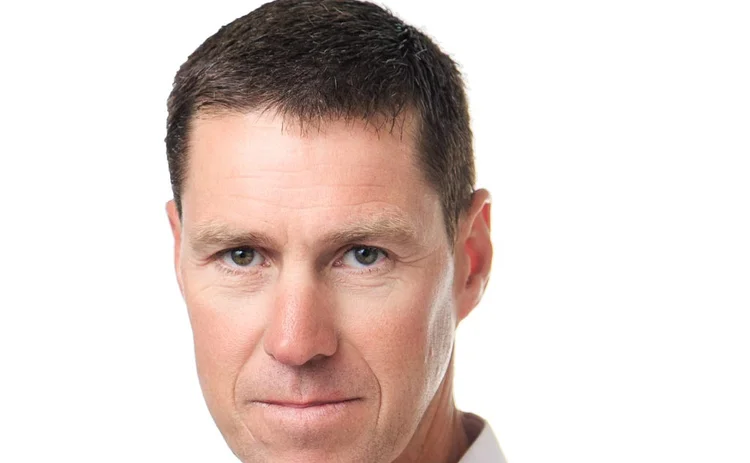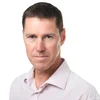December 2016: How Would You Like Your Eggs?

Waters has covered the Agile software methodology consistently over the past two years, but one aspect that we haven’t delved into are the vagaries around the frequency of releases and how firms should go about determining the optimal length of their sprints. It’s a question that all software development entities need to consider carefully. Note that I did not refer to them as software firms or providers, given that almost every capital markets firm develops software in-house for their own end-users, even though their core business is anything but software provision.
Release too early and too often and you end up chasing your tail in a never-ending cycle of impractically short sprints and software updates, a scenario likely to alienate even the most supportive end-users, given the sheer volume and disruption of constant change; or, instead, release too infrequently and you end up mimicking the Waterfall methodology that you most likely jettisoned somewhere along the road to software enlightenment.
A way of illustrating this challenge is by way of eggs. If, for example, a consumer wants an egg a day on an ongoing basis, what’s the best way to ensure that that happens? Do you buy chickens, build a barn, and collect a single egg every morning and deliver it as required? Do you go to the barn weekly and collect a box of seven eggs and deliver that box on the same day each week or whenever it’s most convenient? Do you collect and deliver eggs fortnightly or monthly, and if so, is there a risk that those eggs might go bad before the time comes to consume them? Or do you ditch the barn idea altogether and instead go to a supermarket and procure your eggs that way?
The same principle applies to Agile. Do you release small pieces of functionality on a daily basis? Is that practical, is it necessary, and is that what the consumer wants? Would it be better to release fortnightly? How do you go about determining the right release frequency (cadence) for you as a provider, for your clients as consumers, and significantly also for the products or services you provide? Well, the short answer, like so many things in our industry, is that it depends. Your cadence can and should change according to your clients’ needs, and, to a (slightly) lesser extent, your ability to meet those needs as a provider. In fact, re-evaluating your cadence is crucial to ensuring that the service you provide delivers value to consumers when they want it, and not necessarily when it suits you, the kernel around which pretty much the entire Agile methodology is spun.
Only users who have a paid subscription or are part of a corporate subscription are able to print or copy content.
To access these options, along with all other subscription benefits, please contact info@waterstechnology.com or view our subscription options here: https://subscriptions.waterstechnology.com/subscribe
You are currently unable to print this content. Please contact info@waterstechnology.com to find out more.
You are currently unable to copy this content. Please contact info@waterstechnology.com to find out more.
Copyright Infopro Digital Limited. All rights reserved.
As outlined in our terms and conditions, https://www.infopro-digital.com/terms-and-conditions/subscriptions/ (point 2.4), printing is limited to a single copy.
If you would like to purchase additional rights please email info@waterstechnology.com
Copyright Infopro Digital Limited. All rights reserved.
You may share this content using our article tools. As outlined in our terms and conditions, https://www.infopro-digital.com/terms-and-conditions/subscriptions/ (clause 2.4), an Authorised User may only make one copy of the materials for their own personal use. You must also comply with the restrictions in clause 2.5.
If you would like to purchase additional rights please email info@waterstechnology.com
More on Emerging Technologies
BNY inks AI deal with Google, Broadridge moves proxy voting to AWS, Expero delivers ICE market data, and more
The Waters Cooler: TSX Venture Exchange data hits the blockchain, SmartTrade acquires Kace, and garage doors link to cloud costs in this week’s news roundup.
Everyone wants to tokenize the assets. What about the data?
The IMD Wrap: With exchanges moving market data on-chain, Wei-Shen believes there’s a need to standardize licensing agreements.
Google, CME say they’ve proved cloud can support HFT—now what?
After demonstrating in September that ultra-low-latency trading can be facilitated in the cloud, the exchange and tech giant are hoping to see barriers to entry come down, particularly as overnight trading looms.
Waters Wavelength Ep. 342: LexisNexis Risk Solutions’ Sophie Lagouanelle
This week, Sophie Lagouanelle, chief product officer for financial crime compliance at LNRS, joins the podcast to discuss trends in the space moving into 2026.
Citadel Securities, BlackRock, Nasdaq mull tokenized equities’ impact on regulations
An SEC panel of broker-dealers, market-makers and crypto specialists debated the ramifications of a future with tokenized equities.
BlackRock and AccessFintech partner, LSEG collabs with OpenAI, Apex launches Pisces service, and more
The Waters Cooler: CJC launches MDC service, Centreon secures Sixth Street investment, UK bond CT update, and more in this week’s news roundup.
Tokenized assets draw interest, but regulation lags behind
Regulators around the globe are showing increased interest in tokenization, but concretely identifying and implementing guardrails and ground rules for tokenized products has remained slow.
CME, LSEG align on market data licensing in GenAI era
The two major exchanges say they are licensing the use case—not the technology.








